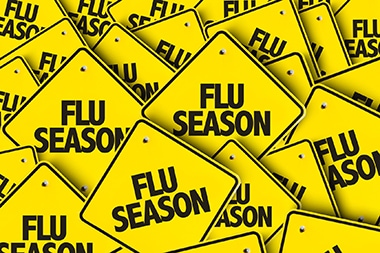Millennials’ preference for walk-in care compared with traditional, office-based primary care has been well documented. And the fact that Americans born between 1980 and 1996 are visiting urgent care centers in ever-growing numbers makes sense; they don’t like the idea of making appointments or having an ongoing relationship with one medical provider, and really don’t like going to see a provider unless they’re sick—and then they want to see one now. So, the news that …
Read More






